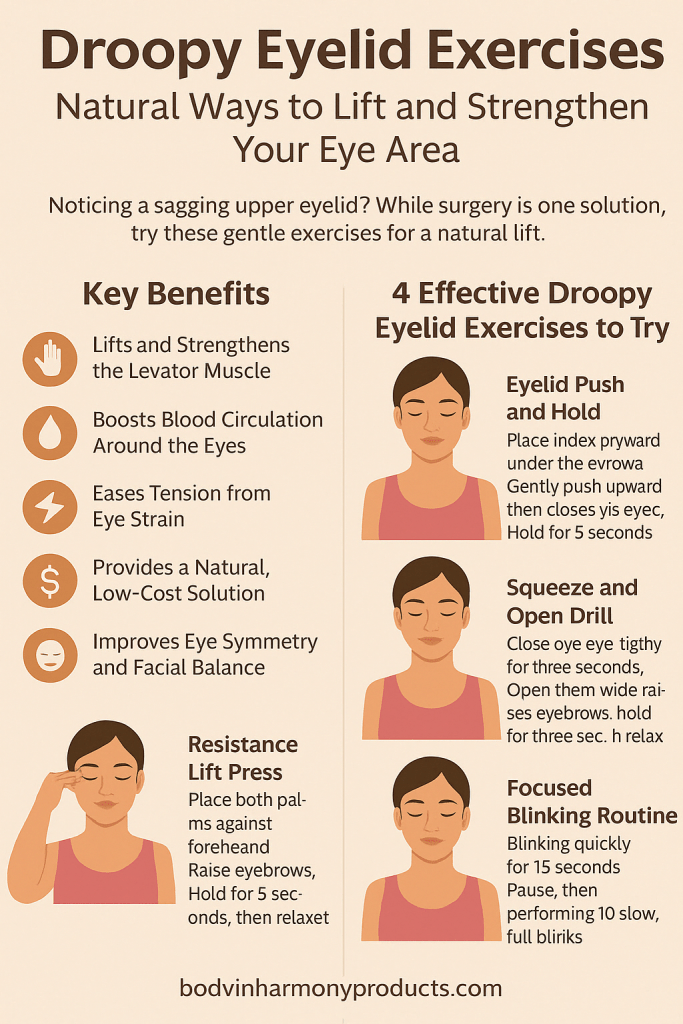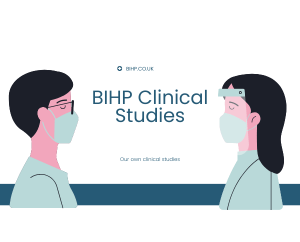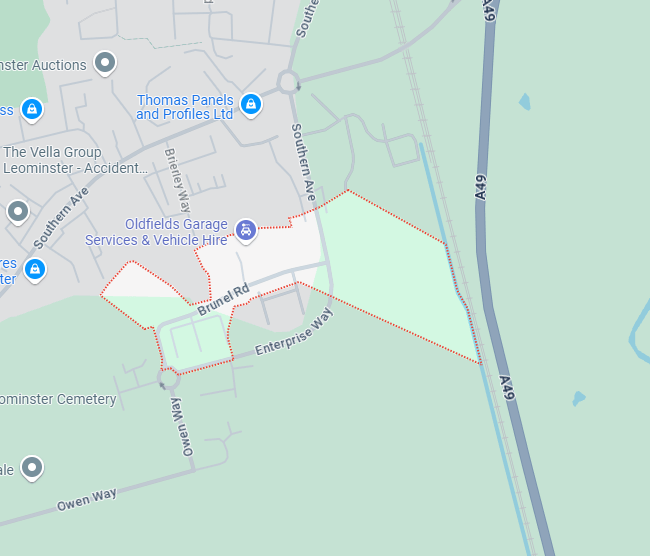Table of Contents
ToggleDroopy Eyelid Exercises: Natural Ways to Lift and Strengthen Your Eye Area
Have you ever looked in the mirror and noticed one eyelid drooping more than the other? You’re not alone. Over time, eyelids can sag due to age, fatigue, or even stress. Although surgery is one solution, it isn’t the only option. For many people, droopy eyelid exercises offer a gentle, non-invasive alternative that’s easy to do at home.
In this article, I’ll share the benefits of facial exercises for your eyelids and walk you through simple routines that may help improve tone and lift.
Why Do Eyelids Begin to Droop?
Droopy eyelids—also called ptosis—occur when the muscle responsible for holding up the eyelid (the levator) weakens. This can be due to age, genetics, strain, or even poor posture and eye fatigue. As a result, the upper eyelid begins to sag, affecting appearance and, in some cases, vision.
Thankfully, with consistent practice, droopy eyelid exercises can help activate and tone the small facial muscles involved in eyelid control. While not a quick fix, they offer a safe and natural way to encourage firmness and strength.
Key Benefits of Doing Droopy Eyelid Exercises
Let’s look at the main ways these exercises can support your eye health and appearance.
1. Lifts and Strengthens the Levator Muscle
The levator palpebrae superioris is the muscle that controls upper eyelid movement. With regular targeted exercises, you can help it regain tone and better support the eyelid.
This may lead to a more lifted look over time—especially if the drooping is mild to moderate.
2. Boosts Blood Circulation Around the Eyes
Many exercises for droopy eyelids also stimulate blood flow. Increased circulation helps deliver oxygen and nutrients to the delicate eye tissues, which may encourage rejuvenation.
Because of this, you may also see improvements in skin tone and reduced puffiness.
3. Eases Tension from Eye Strain
Screens, late nights, and stress take a toll on the muscles around your eyes. Practising droopy eyelid exercises regularly may reduce tightness and help your face feel more relaxed.
That’s why facial yoga routines often include these movements—they soothe as well as strengthen.
4. Provides a Natural, Low-Cost Solution
Surgical treatments like blepharoplasty can be expensive and come with risks. In contrast, these exercises are completely natural, free, and safe for most people to try.
Even better, they can be done from the comfort of your home in just a few minutes a day.
5. Improves Eye Symmetry and Facial Balance
One-sided ptosis or uneven eyelids can throw off your facial balance. However, by strengthening both sides through targeted movement, you can gradually bring back symmetry.
This can help you feel more confident and energised in your appearance.
4 Effective Droopy Eyelid Exercises to Try
These simple exercises activate the muscles responsible for eyelid lift and control. You can do them daily as part of a short routine. For best results, sit comfortably in front of a mirror and keep your face relaxed throughout.
1. Eyelid Push and Hold
This exercise strengthens the upper eyelid and brow area.
-
Place your index fingers just under your eyebrows
-
Gently push upward to lift the brows
-
Try to close your eyes while keeping the pressure in place
-
Hold for five seconds, then release
-
Repeat 10–12 times
2. Squeeze and Open Drill
A great way to engage the full eye muscle.
-
Close your eyes tightly for three seconds
-
Then open them wide and raise your eyebrows
-
Hold for three more seconds, then relax
-
Repeat this cycle 10 times
3. Resistance Lift Press
This variation works the whole upper face.
-
Place both palms against your forehead
-
Raise your eyebrows as high as possible against gentle pressure
-
Hold the lift for five seconds, then rest
-
Repeat 8–10 times
4. Focused Blinking Routine
Blinking exercises help prevent eye fatigue and maintain eyelid flexibility.
-
Blink quickly for 15 seconds
-
Pause, then perform 10 slow, full blinks
-
Do this set three times during the day
What to Expect and When
Like all natural routines, results take time. With daily practice, most people notice subtle lifting after 4–6 weeks. However, this depends on the severity of ptosis and your body’s natural response.
Adding hydration, proper sleep, and breaks from screen time will help maximise the effects of these exercises.
Who Should Speak to a Professional First?
While droopy eyelid exercises are safe for many, certain cases may require medical evaluation. If your eyelid droop appeared suddenly or worsens rapidly, consult a healthcare provider. Sometimes ptosis is linked to neurological issues that need expert care.
Likewise, if the drooping is severe or affecting your vision, professional advice is essential.
What the Research Says
Although more clinical studies are needed, existing research into facial exercise therapy shows promising results. In particular, these exercises are often used in physical therapy for patients recovering from facial nerve issues.
The evidence may still be developing, but real-world use and feedback continue to support their value in non-surgical care.
Final Thoughts on Droopy Eyelid Exercises
If you’re seeking a gentle, natural way to lift your eyes and freshen your look, droopy eyelid exercises are well worth trying. They help engage the muscles that matter, promote circulation, and bring a sense of balance to your facial appearance.
Start with just a few minutes each day—and give your eyes the lift they deserve, naturally.
Here are a couple of articles you might find helpful:
To support your eyes and natural wellness further, try these:






